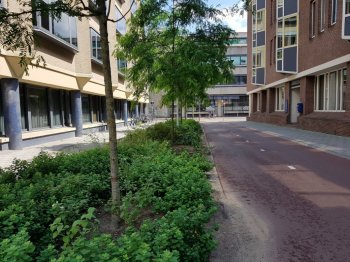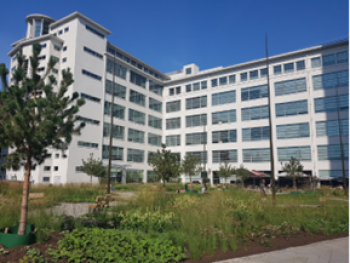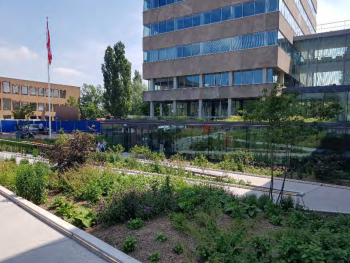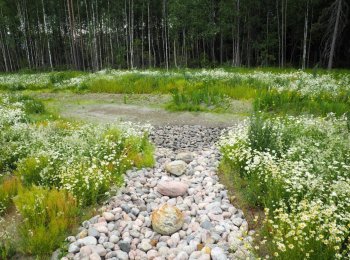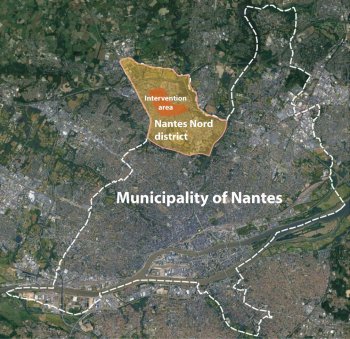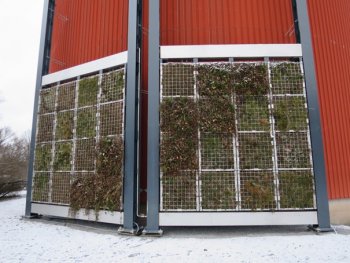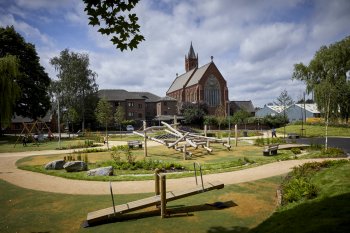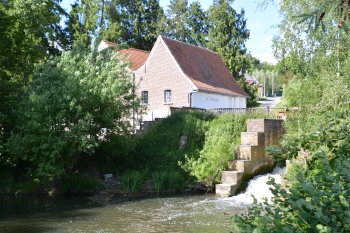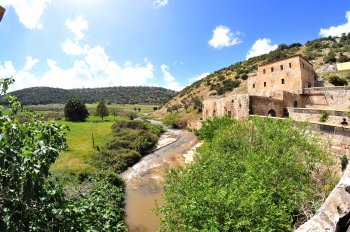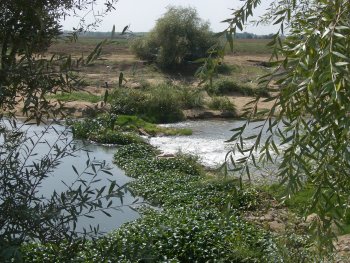UNaLab - Urban street greening, Eindhoven, the Netherlands
Several streets around the Eindhoven city centre (Waagstraat, Bilderdijklaan, Willemstraat, H. Boexstraat and Dommelstraat) have been rehabilitated and nature-based solutions such as bioswales and street trees have been introduced to address existing problems with heat stress and flooding, and to enhance biodiversity and attractiveness for pedestrians and cyclists.

